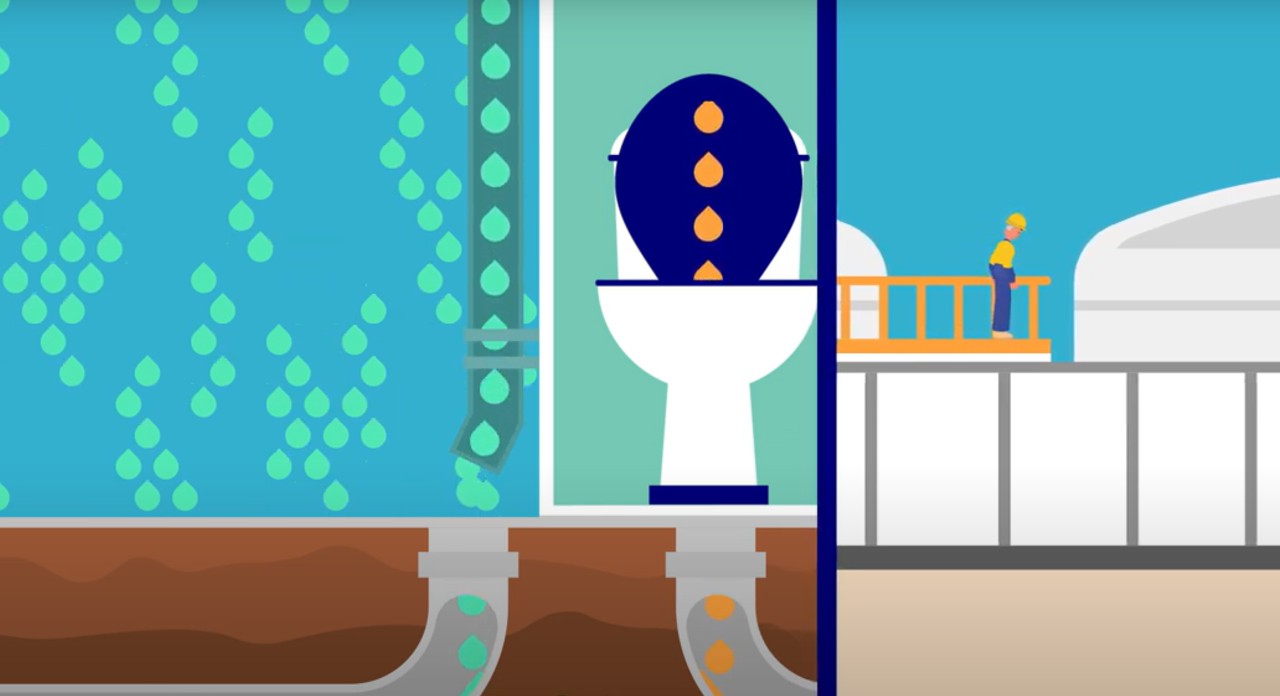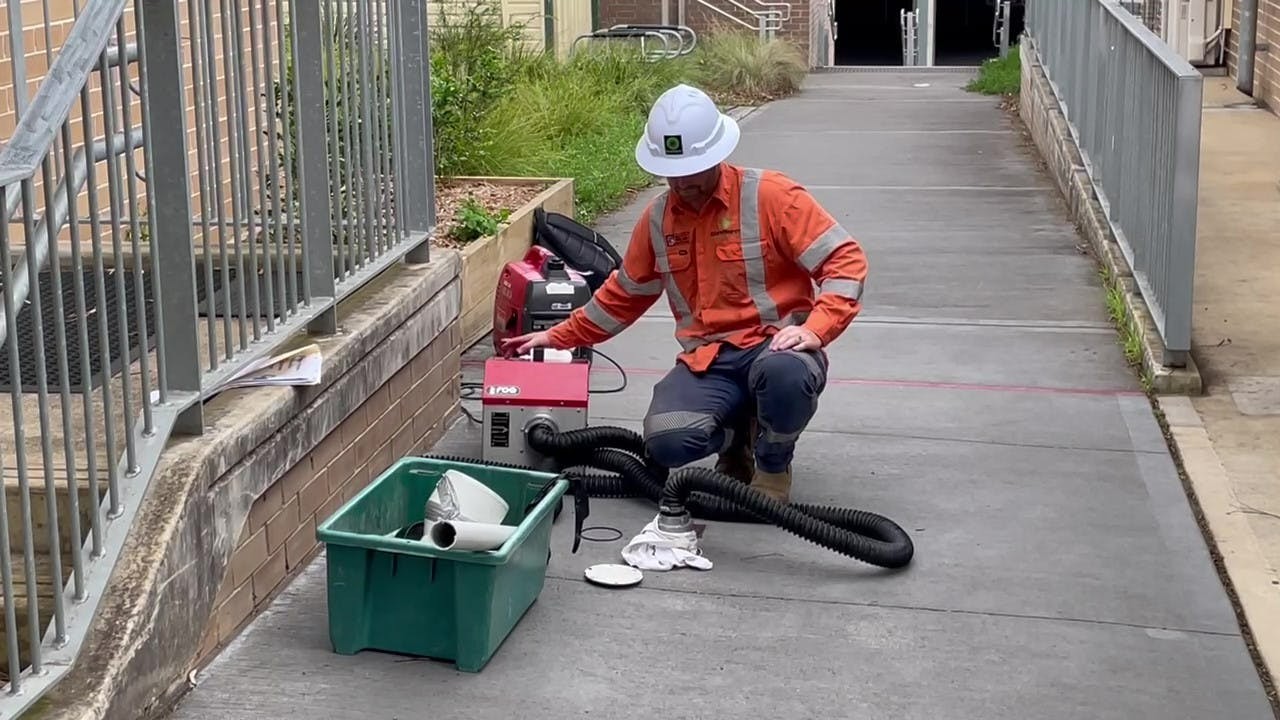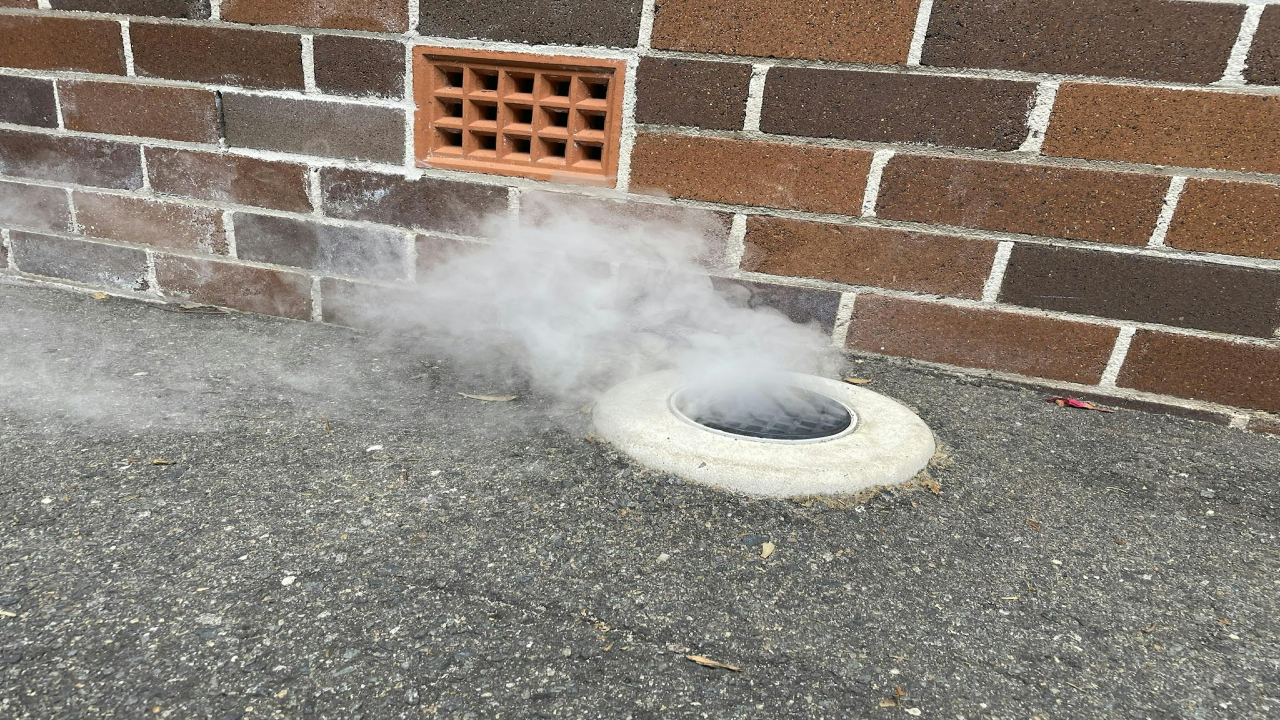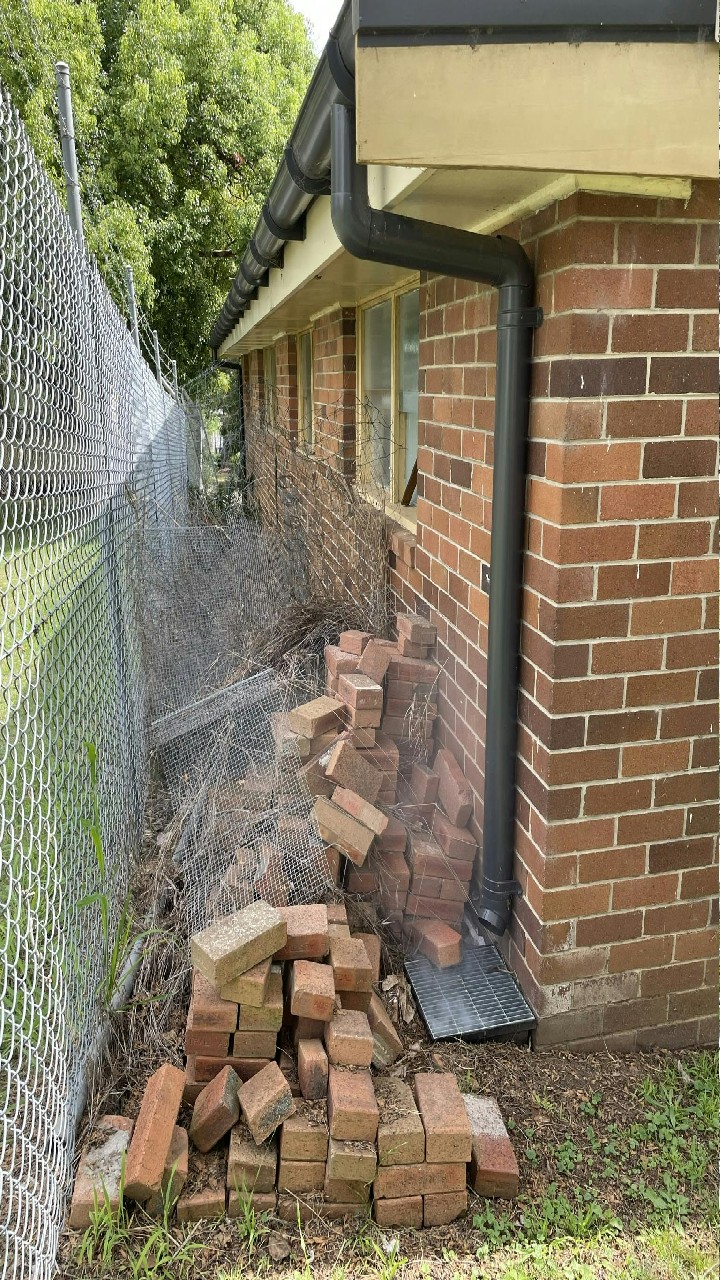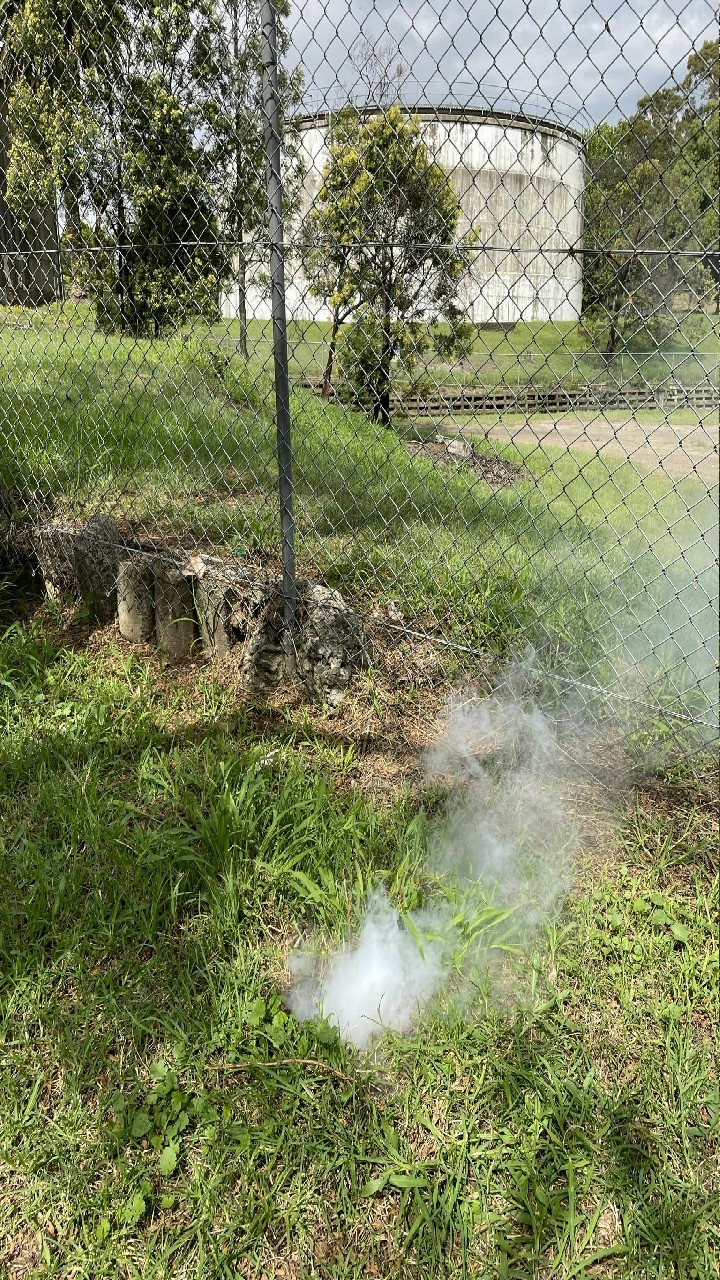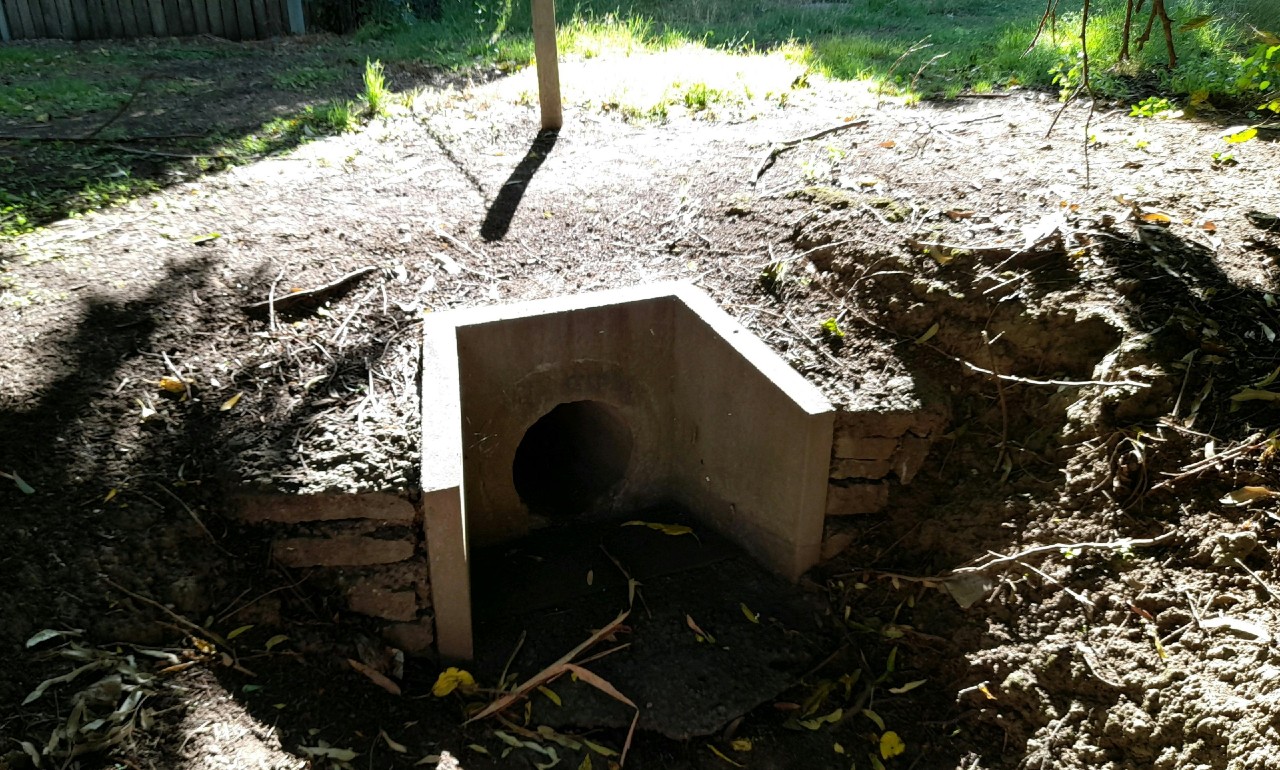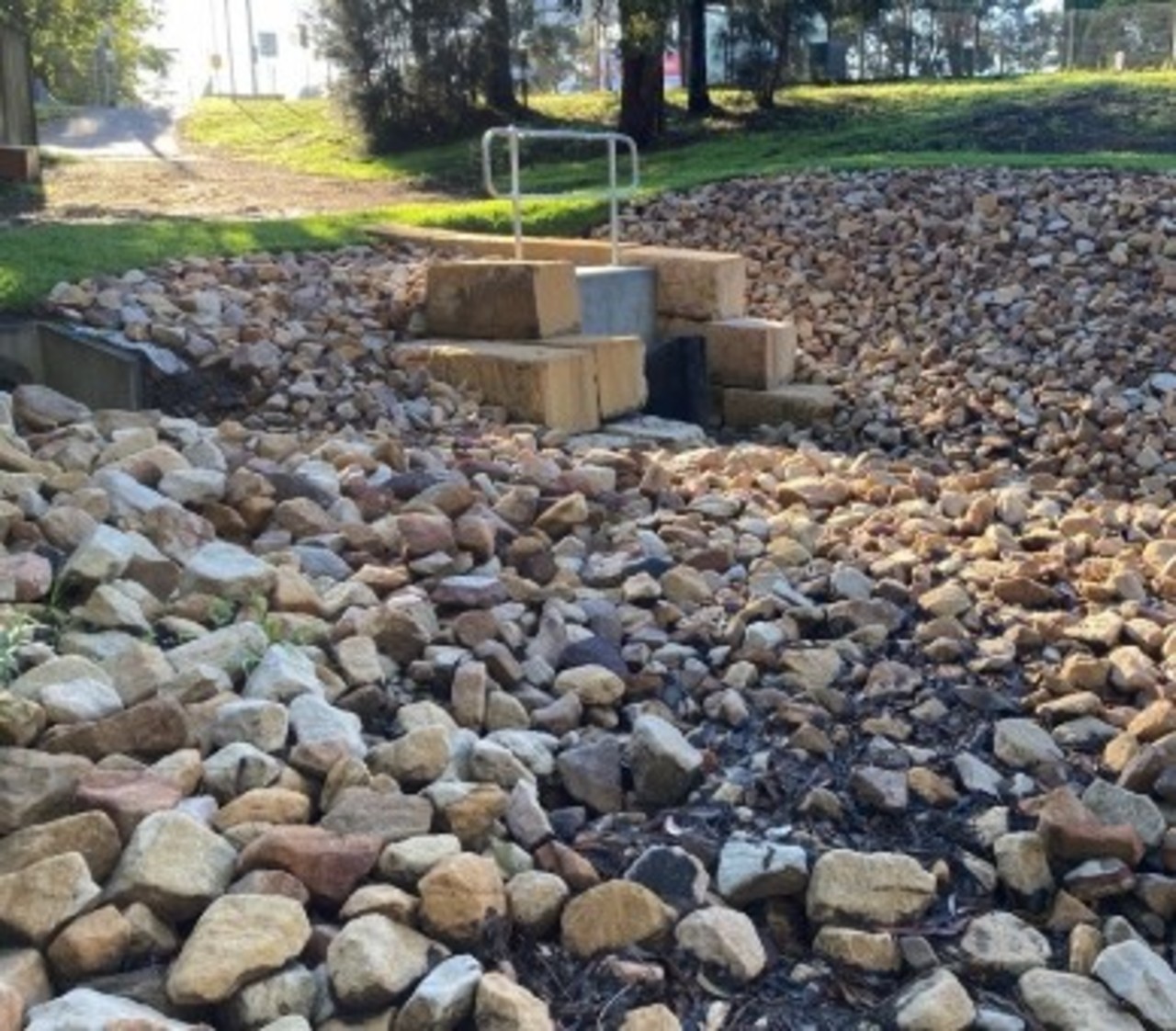01 December 2021
Improving how our wastewater assets perform
We've made great progress on the 3-stage Wastewater Fix program to improve how the wastewater system performs during wet weather.
We've made great progress on the 3-stage Wastewater Fix program to improve how the wastewater system performs during wet weather.
When it rains, stormwater can enter the wastewater system. In some areas, the volume of stormwater can be so high that it overloads our wastewater system, causing overflows into stormwater channels, local waterways and also onto private properties, and inside homes.
The first 2 stages of work in the Mid Parramatta, Lane Cove, Upper Parramatta and Prospect Creek catchments looks at how we can improve the performance of our assets.
Stages 1 and 2 of this work within these catchments is continuing in the local government areas of Liverpool, Fairfield, Parramatta, Ryde, Cumberland, Canterbury Bankstown, Strathfield, Lane Cove, Ku-ring-gai, Hornsby, Willoughby, The Hills Shire and Blacktown.
Stage 1 involves putting controls in place to stop stormwater entering our wastewater assets. This includes maintenance holes, Emergency Relief Structures, and cross connections with stormwater networks owned and maintained by local councils.
For this stage, we're upgrading over 320 sites that are located within public reserves, roadways and private properties across the 4 catchment areas. The work involves:
- cleaning and removing silt that has built up in pipes and structures
- removing faulty one-way valves and replacing them with new, upgraded valves
- modifying existing structures and constructing new wastewater assets such as
Emergency Relief Structures, head walls, maintenance holes and valve chambers
- decommissioning and removing assets we no longer need.
Stage 1 work in the Mid Parramatta, Lane Cove, Upper Parramatta and Prospect Creek catchment areas started in 2020–21 and is expected to be finished in early 2022.
Stage 2 involves inspecting about 70 kilometres of wastewater pipes and over 2,600 maintenance holes to identify and complete repairs. Our investigations involve visually checking the outside and using CCTV cameras to inspect the inside of these assets.
After our inspections are completed, the repairs may involve:
- repairing and improving maintenance holes by replacing faulty or damaged lids, installing rain stoppers, and patching or resealing the structure to prevent surface water from entering
- repairing wastewater pipes using high-pressure jets to clean them and remove tree roots, and then relining the pipes.
Stage 2 work across the 4 catchments began in 2021–22. It is planned to be completed in 2023.

